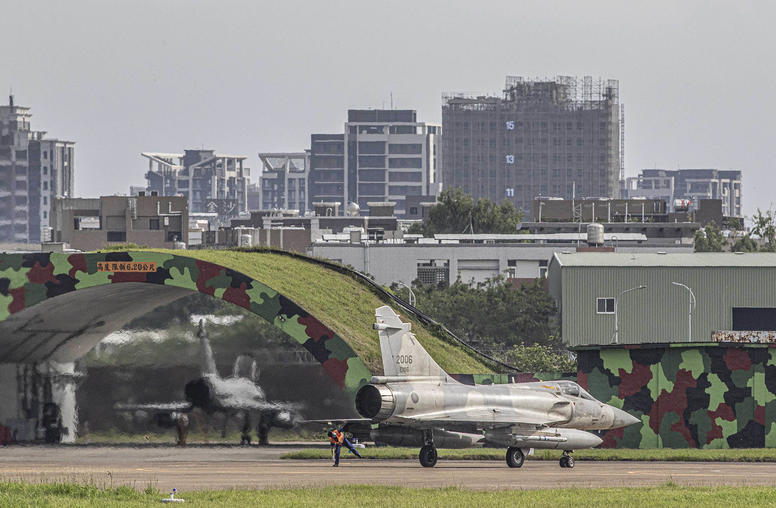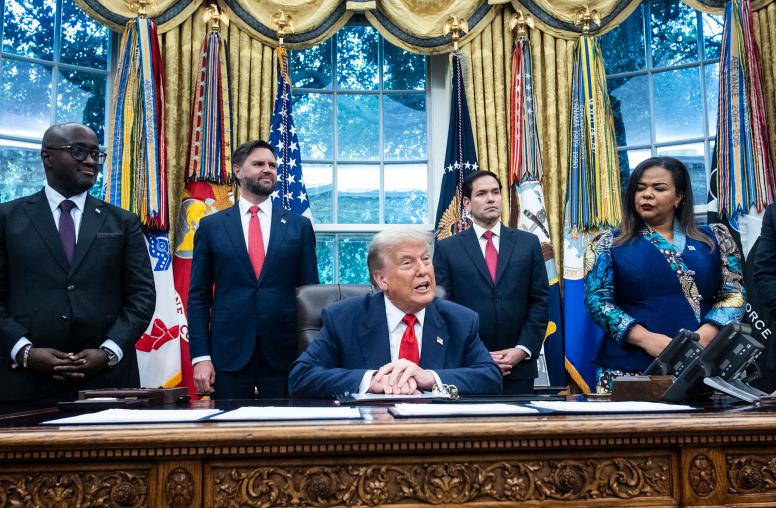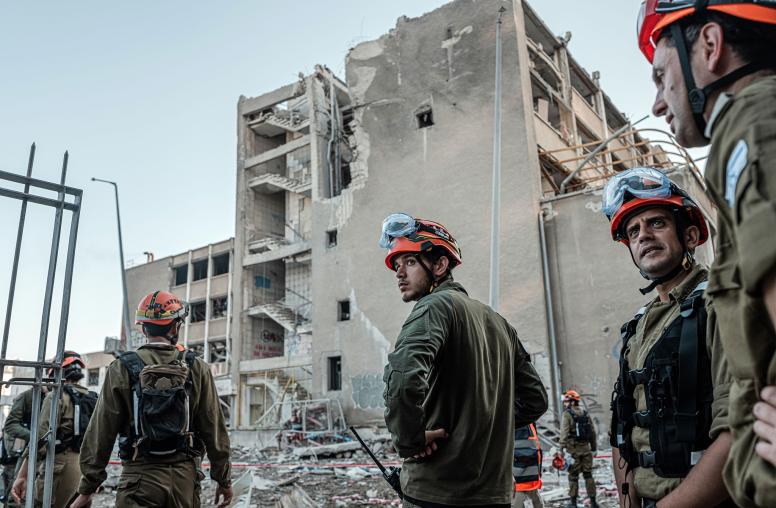When a crisis or disaster strikes, organizations and institutions usually don’t have time to suddenly revise or change their policy. Games or simulations allow actors to plan ahead and ensure that their response system is prepared for whatever might unfold. Sale Lilly, a designer of war games and crisis simulations, discusses applying his work to peacebuilding, why building off historical scenarios can add a layer a realism to the exercise, and why inviting the right people is just as important as the design itself.



